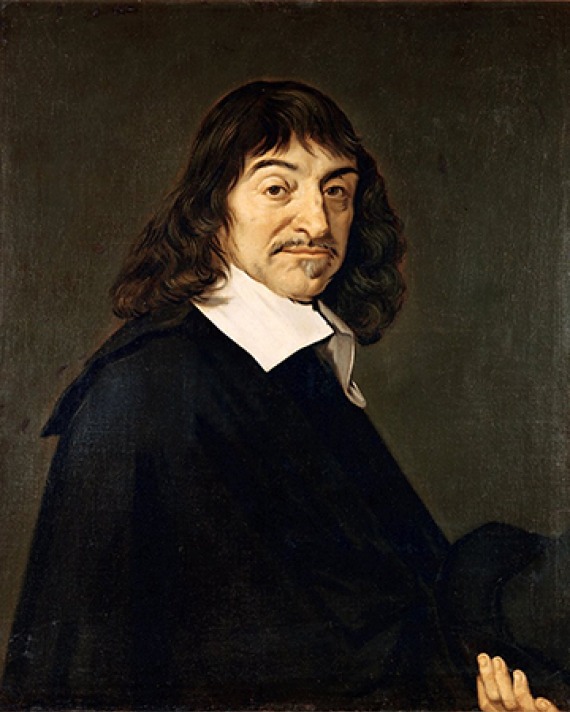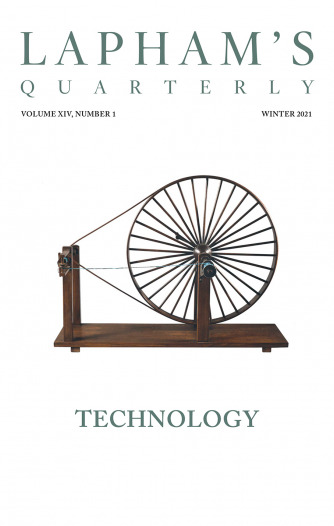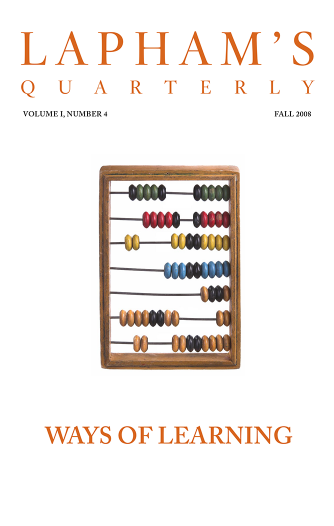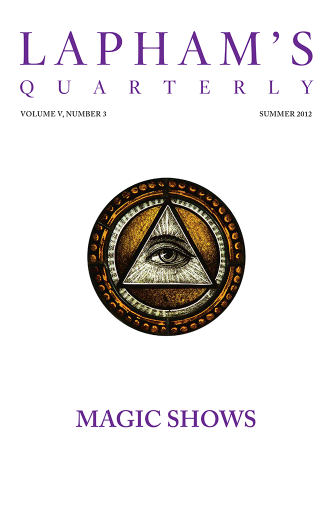
René Descartes
(1596 - 1650)
Having taken a law degree from the University of Poitiers in 1616, René Descartes decided to abandon formal tutors and study “the book of the world.” He was visited by three dreams in 1619 that—he went on to say—revealed to him his destiny: later that year he invented analytic geometry and formulated a universal method of deductive reasoning. Around this time, Descartes became interested in the emergent Rosicrucian movement, later practicing medicine free of charge, one of the brotherhood’s tenets.



